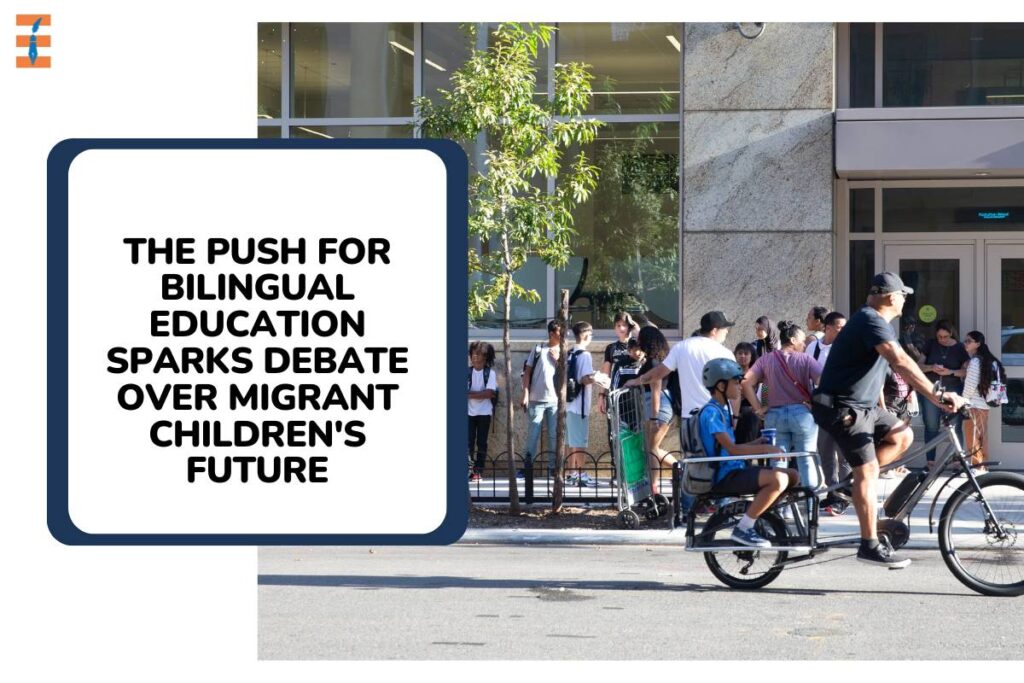Source – New York Post
New York City, Denver, Chicago, and several other urban centers are facing a pressing need for bilingual education teachers as the enrollment of migrant children surges in schools across the nation. However, amidst this recruitment drive, a contentious debate has emerged over the effectiveness of bilingual education programs, with some arguing that they will lead migrant kids to failure.
Advocates for traditional English-only instruction assert that bilingual education often serves as an “educational ghetto,” trapping students in a cycle of underachievement and perpetuating poverty. They argue for intense instruction in English upon a student’s arrival at school, followed by integration into English-only classrooms.
Critics of this approach, however, decry it as xenophobic and advocate for a more inclusive educational model that supports bilingualism and multiculturalism. They argue that immigrant parents deserve accurate information rather than political bias.
Bilingual Education Debate: Diversity vs. Academic Success
Supporters of bilingual education highlight the importance of linguistic diversity in the classroom and stress the civil rights aspect of learning English as a second language. Yet, statistics reveal significant disparities in academic achievement among students in bilingual programs. According to the National Assessment of Educational Progress test scores, only 4% of eighth-graders and 3% of 12th-graders in bilingual classes nationwide are proficient in math and reading, with a staggering 80% struggling in both subjects.
The issue is particularly pronounced in cities like Buffalo, where poverty affects both native-born residents and migrants alike. Despite efforts to support bilingual education, students in these programs are shown to be less than half as likely to graduate compared to those taught solely in English.
Amidst a historic high in the foreign-born population of the United States, now comprising 15.5% of the total population, the debate over language instruction has taken on new urgency. Proponents of English-only instruction argue that bilingual education creates chaos in the classroom, dividing instructional time among multiple languages and hindering the learning process for all students.
Challenges and Controversies in Bilingual Education
Illustrating the challenges faced by bilingual educators, fourth-grade instructor Miriam Sicherman described her experience teaching a dual-language class in Manhattan. She explained the complexities of translating lessons into multiple languages while juggling the needs of diverse students, often resorting to pocket translators to communicate with non-English speakers.
Critics of bilingual education also point to initiatives in New York City attempting to teach phonics to kindergartners before they have mastered English, raising concerns about the efficacy and practicality of such approaches.
As the debate over bilingual education intensifies, educators, policymakers, and communities grapple with the complex task of providing effective language instruction to migrant children while ensuring equal opportunities for academic success.
Also Read: How Music Primes the Brain for Learning?










